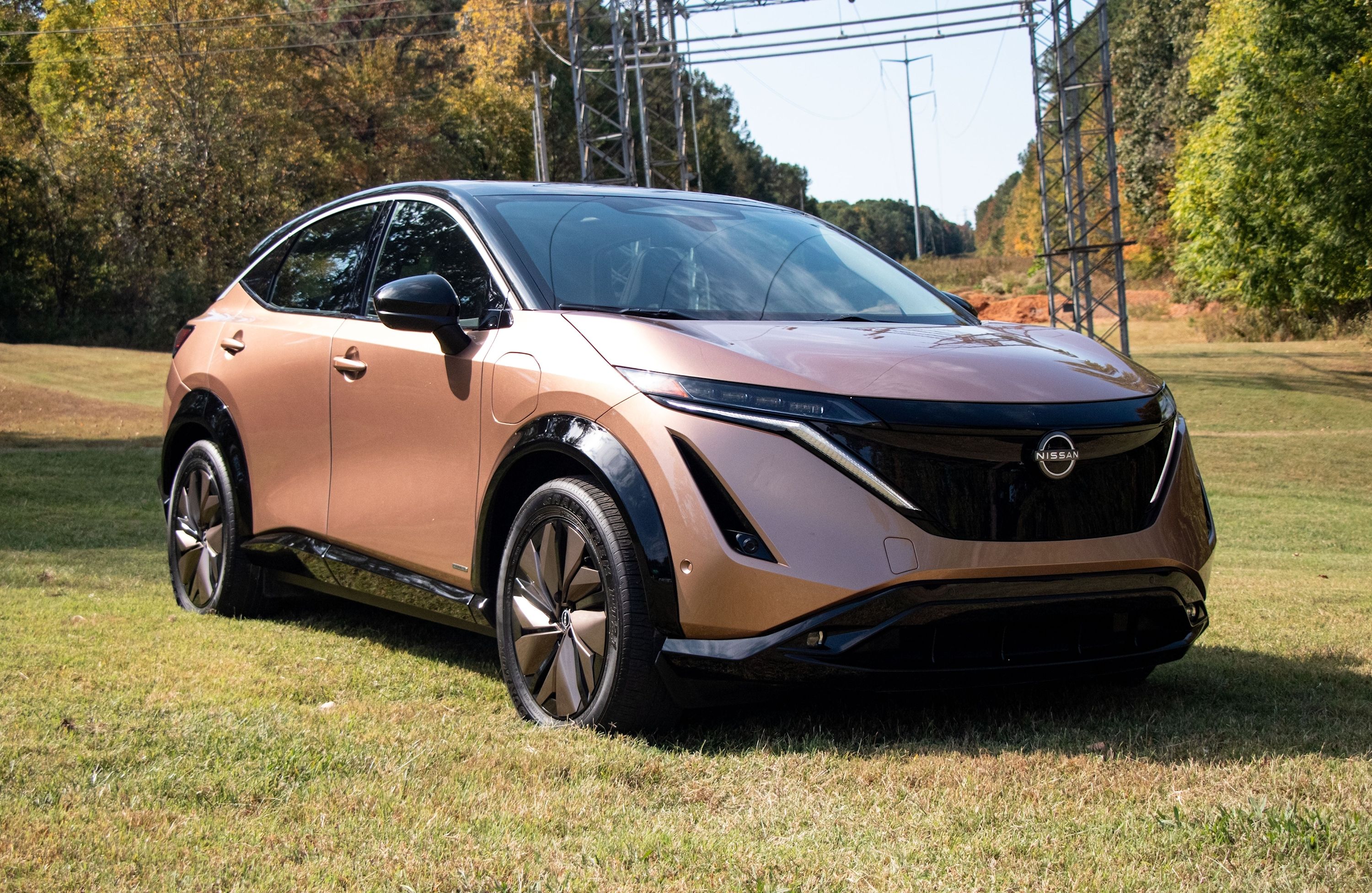
Nissan recently unveiled a new lunar rover prototype, designed with the Japan Aerospace Exploration Exploration Agency (JAXA). Japan is obsessed with the moon these days, and JAXA will send a small robot there in 2022 to test a few things before sending a lunar rover. The lunar rover should be capable of crossing the moon's powdery, rocky, undulating terrain. It also needs to be efficient, as energy sources are limited. And that's where Nissan comes in.
Nissan already has experience with off-roading and insight into EV production. As the maker of the first mass-production EV, one could reasonably say it has the most experience with volts. It will be launching 23 EV models before 2030, after all.
As for off-roading, look at the Patrol. But instead of full-time 4WD and a low-range transfer case, the lunar rover will have the e-4ORCE AWD system from the Nissan Ariya, built using technology from the GT-R.
The e4ORCE is an electronic AWD system, able to control all four wheels independently. According to Nissan, the most significant risk is the moon's soft, dusty surface. It's similar to driving in soft sand here on earth. The risk of bogging down is high, so Nissan developed driving-force controls that minimize wheel spin.
"JAXA aims to apply the research results to future space exploration," said JAXA Director of the Space Exploration Innovation Hub Center, Ikkoh Funaki. "We are collaborating with companies, universities, and research institutes on projects that are feasible and have potential for commercialization and innovation. By conducting research with Nissan, which has expertise in electrified technologies, we hope to apply our findings to the development of higher-performance lunar rovers."
In short, Nissan will share its know-how gained from test-vehicle development, while JAXA takes care of the actual moon fact-finding part. The Ariya is an excellent place to start, as it's equipped with electric motors front and rear. As mentioned earlier, it has an eAWD system, which means there isn't a physical coupling between the front and rear axle. Each motor can control the torque split between the two wheels it controls. This means less juddering during brake regeneration, smoother acceleration, and the ability to brake and provide power to each individual wheel during cornering. The system is so good, Nissan even built a race car concept based on the Ariya.
"The uses of automobiles and driving situations are wide-ranging," said Toshiyuki Nakajima, general manager of the Advanced Vehicle Engineering Department. "We aim for the ultimate driving performance through our research and development, and believe the know-how gained from this joint research with JAXA will lead to innovations in our vehicles that will bring benefits to customers." We look forward to seeing how
